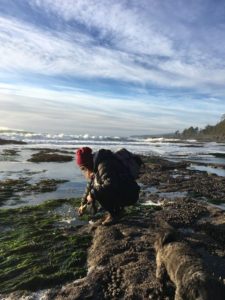Botanical Beach
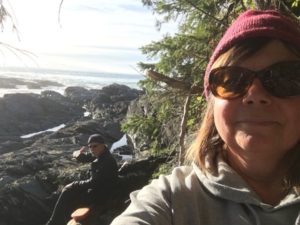
We spent yesterday on Botanical Beach, exploring tidal pools teeming with marine life, and hiking through the rain forest in Botanical Beach Provincial Park. We picnicked on the beach, staying late enough to catch the start of the sunset.
Getting There
“It can’t be a two-hour drive, it’s only a hundred kilometres,” I argued. “It’s two hours,” insisted my driver and partner in crime, Ray. Even google said two hours. Botanical Beach is located on the wild west coast of Vancouver Island, at the end of highway 14, near Port Renfrew and is indeed a two-hour drive from BC’s capital city, Victoria. Port Renfrew marks the southern end of the West Coast Trail, and Botanical Beach marks the western end of the Juan de Fuca trail.
The drive is slow because almost all 100 k winds through spectacular rain forest, opening occasionally to the scenic shoreline of the Juan de Fuca strait. Clusters of cars amass in certain spots, for hiking, surfing and camping. If you go just for the drive it will be worth it.
Time the Visit
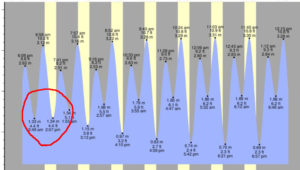
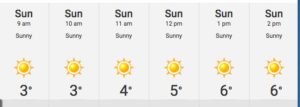 This is not our first time here. We’ve hiked both the West Coast Trail and the Juan de Fuca, and we visited this beach last year. This was the first time we actually got it right.
This is not our first time here. We’ve hiked both the West Coast Trail and the Juan de Fuca, and we visited this beach last year. This was the first time we actually got it right.
This time of year, the west coast of Vancouver Island is famous for its storms, so the first part of timing was looking for sun. The tide is even more important. The magic of Botanical Beach are the tidal pools. Last year we arrived at high tide. The wild waves were dramatic for sure, and some naked children were even swimming in them but it’s low tide you’re looking for here. Sunday, December 30 turned out to be the perfect day.
The Trail
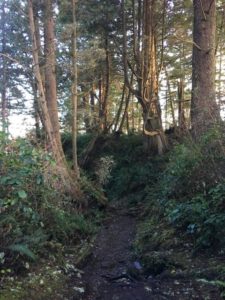 The Botanical Beach trail is only a 2.5 k loop trail, but with several beach access points along the way. Due to weather, tides, weekend and holidays the trail and beach were busy yesterday, but there’s plenty of wilderness for everyone. The trail meanders through rain forest. There’s a bit of up and down but would suit pretty much all hikers. When the tide is out, the attention is focused on the beach.
The Botanical Beach trail is only a 2.5 k loop trail, but with several beach access points along the way. Due to weather, tides, weekend and holidays the trail and beach were busy yesterday, but there’s plenty of wilderness for everyone. The trail meanders through rain forest. There’s a bit of up and down but would suit pretty much all hikers. When the tide is out, the attention is focused on the beach.
This is a wilderness area, with large roots threatening to trip up distracted hikers, and wildlife sightings of bears and cougars possible. We did see a black bear playing on the beach, and we also saw two potential Darwin awards recipients approach him.
To extend the hike you can continue on to the Juan de Fuca trail for as long as you like.
![]() The Beach
The Beach
At low tide the focal point is the beach. The whole point of this trip is exploring the tidal pools. They are not the best I’ve ever seen – that spot will always be held for the West Coast Trail – but if you don’t want to endure the rigors of that multi-day hike this is the spot.
When the tide goes out it leaves behind pools of water, and those pools are teeming with marine life. I’m happy to report that the ocean here still looks healthy. Unlike so many beaches we’ve combed, I can thankfully report there is NO trash here, no plastic, not even a cigarette butt. We found barnacles, snails, mussels, sea anemones and yes even a few small starfish. BC starfish were infected by a virus that almost destroyed the entire population, so that was a comforting find for us.
As we were leaving the beach, a young couple was just starting a fire. What a spot to watch the sun set. The northern climes do deliver the most amazing, and longest sunsets. As we drove home, all two hours, the sun continued its glorious setting along the ocean for the entire drive.
Scenes from the Beach


